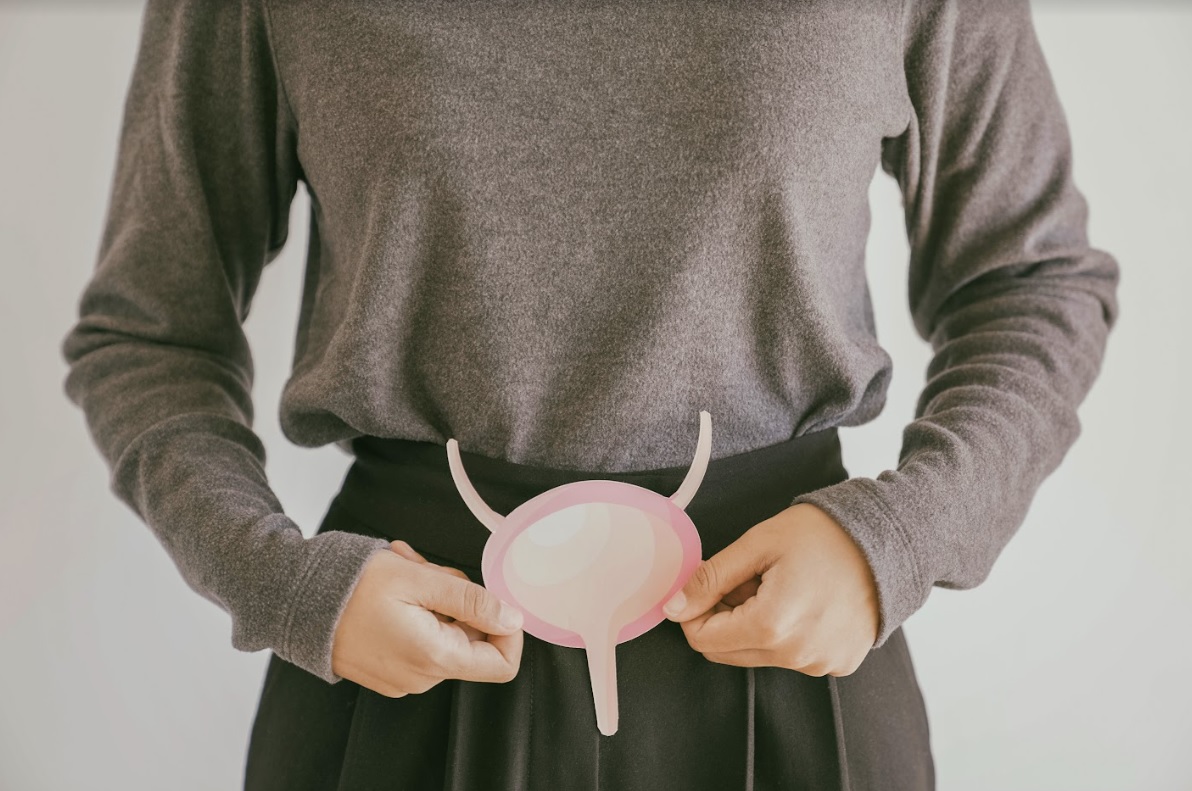Numerous things happen when you begin to go through menopause. Some common occurrences include hot flashes, loss of sleep, vaginal discomfort, and mood changes. The effects of going through menopause often end up making you feel tired and irritable.
Three basic stages make up menopause – perimenopause, menopause, and post-menopause. The transition through each of these stages can last around seven years, making it seem like forever. Urinary incontinence is a crucial social problem that affects more than 50% of postmenopausal women.
The side effects of menopause can vary; unfortunately, bladder leakage can be one of them. Urinary incontinence or loss of bladder control problems can range for women going through menopause from just a few tiny unnoticeable drops to a more significant leak. It can be shameful and embarrassing if you don’t reach the bathroom in time and end up with an accident.
What is Urinary Incontinence (UI) During Menopause?
Urinary incontinence is more common for women going through menopause because of the drop in the hormone estrogen. It helps to keep your bladder functioning correctly, and the lack of it causes your pelvic muscles and tissues to grow weaker.
Urinary incontinence may have already started during this time, but the symptoms usually worsen. There are a few types of UI associated with menopause, which include the following:
- Stress Incontinence: One of the more common types of UI, stress incontinence, is when you experience urine leakage when you sneeze, laugh, cough, or lift something heavy. It can be more prominent during menopause but sometimes occurs after pregnancy and childbirth.
- Urge Incontinence: This type of UI is often referred to by doctors as “overactive bladder,” where you feel the constant urge to urinate, even if you don’t truly need to.
- Overflow Incontinence: Sometimes you continue to ‘go’ after you’ve gone. It happens if you don’t fully empty out your bladder or have a weak stream.
How to Manage Your UI During Menopause
Even though you may suffer this unwanted effect, there are things that you can do to combat and manage the symptoms of urinary incontinence during menopause. The treatment for UI can depend on many factors, and you must talk to your doctor about what you’re experiencing.

Some things you can do include the following:
- Retrain your Bladder: Get yourself on a more consistent bathroom schedule. You can gradually increase the time between your bathroom visits every couple of weeks to help you train your bladder to hold it for longer without leaks.
- Consider pads or underwear: If you’re out in public and worried about leakage, you can invest in women’s incontinence underwear products or pad inserts for leaks during the day. More and more women these days are using these products including adult diapers etc.
- Kegel exercises: Working the Kegel muscles also sometimes incorporates pelvic floor exercises. These exercises help strengthen your pelvic muscles, where you squeeze and relax the muscles, helping you regain bladder control.
- Lose extra weight: If you’re overweight or obese, consider losing weight since extra pounds can put more pressure on your bladder and subsequent muscles.
- Reduce your caffeine and alcohol intake: Some fluids you drink are more demanding on the bladder, known as bladder irritants. So it’s helpful to reduce taking in these types of beverages so that your symptoms don’t worsen. Smoking can also be another irritant on your bladder lining, hence find effective ways to quit smoking for betterment of urinary health.
- Limit your water intake: Though you should still drink water and stay hydrated throughout the day, consider coordinating your water to correlate with your bathroom schedule. If you urinate often during the middle of the night, stop drinking shortly after 6 p.m.
- Manage constipation: If you experience constipation, it can put added pressure on your bladder, so work to decrease it by eating more fiber and regulating your bowel movements.
- Keep a journal: One last thing you can do to help manage urinary incontinence during menopause is record how much you drink, what you drink, and how often you go to the bathroom throughout the day. You can also jot down when you experience incontinence, what may have contributed to the leak, and what you were doing at the time of the leakage of urine.
Presenting all of this information to a doctor can help diagnose and treat the correct type of incontinence that you’re experiencing.
Take Control of Your Bladder During Menopause
The best course of action to take when you experience UI during menopause is to discuss it with a medical or healthcare professional. In some cases, you may need certain medications or even surgery to help fix it. You could also be experiencing the effects of UI because of medications you’re already taking.
Urinary incontinence can worsen with age and during menopause, but you shouldn’t just accept it as a normal part of the process. Treatment options are out there to help you manage and deal with your UI symptoms without the need for surgery.
